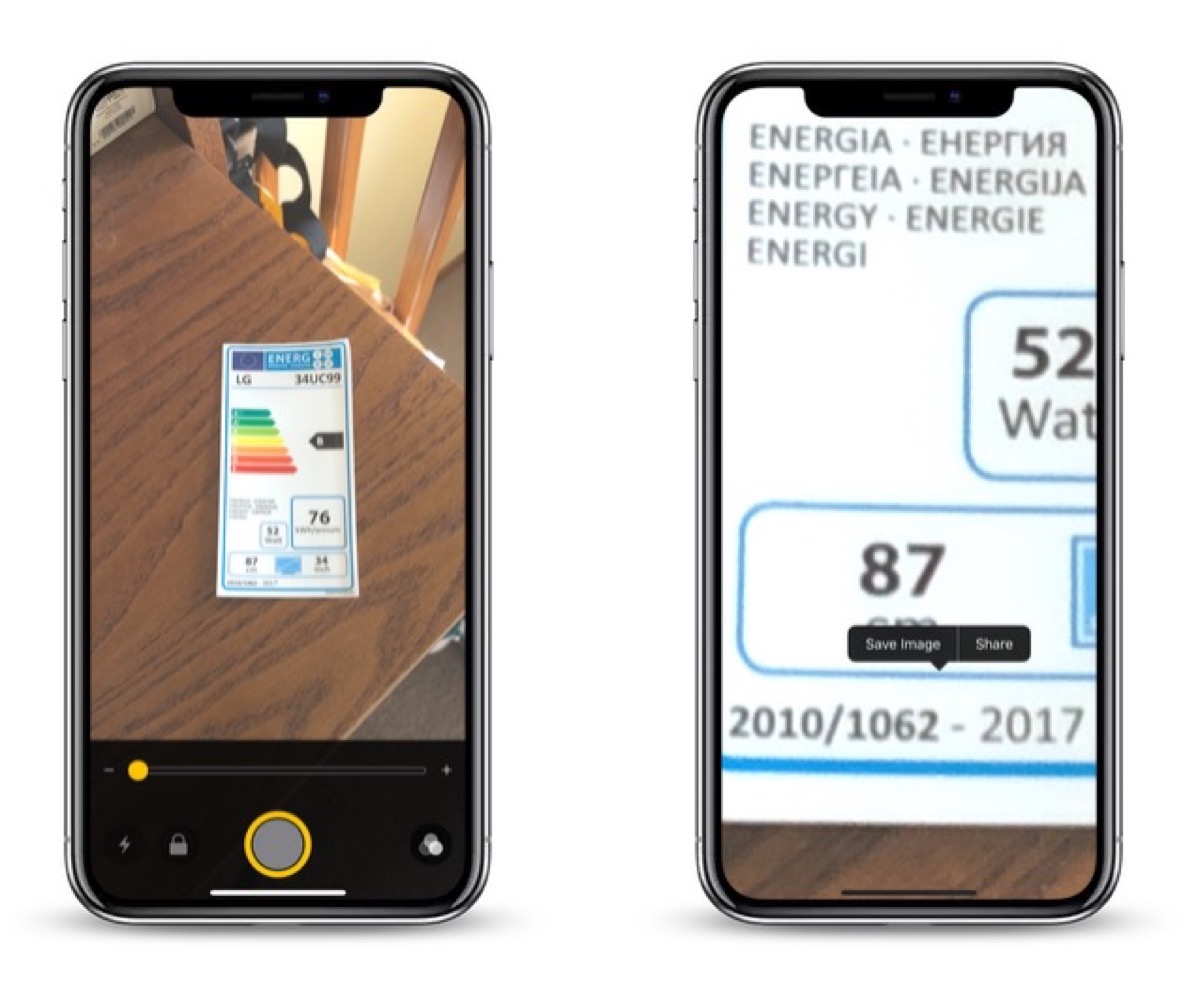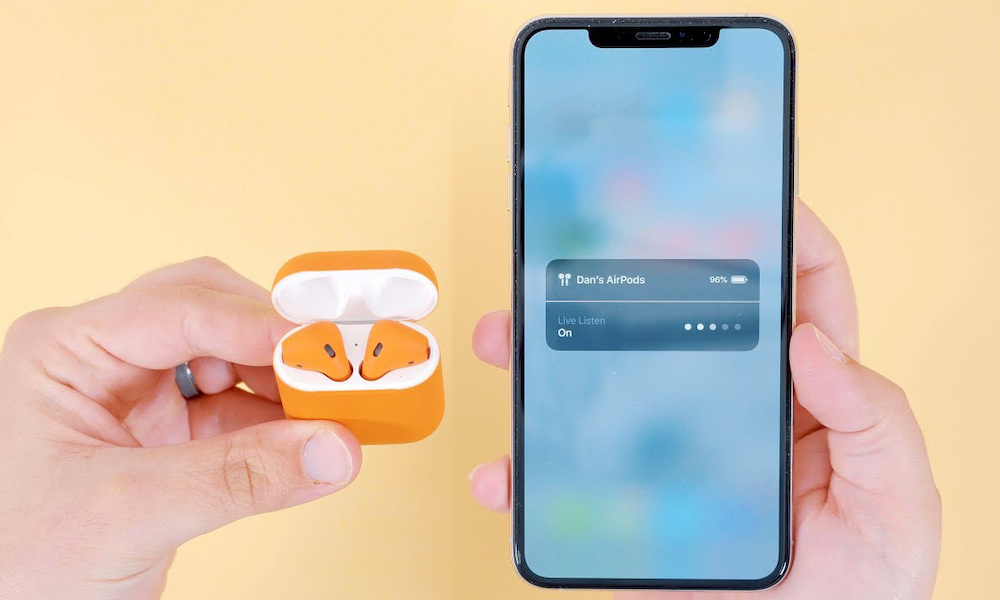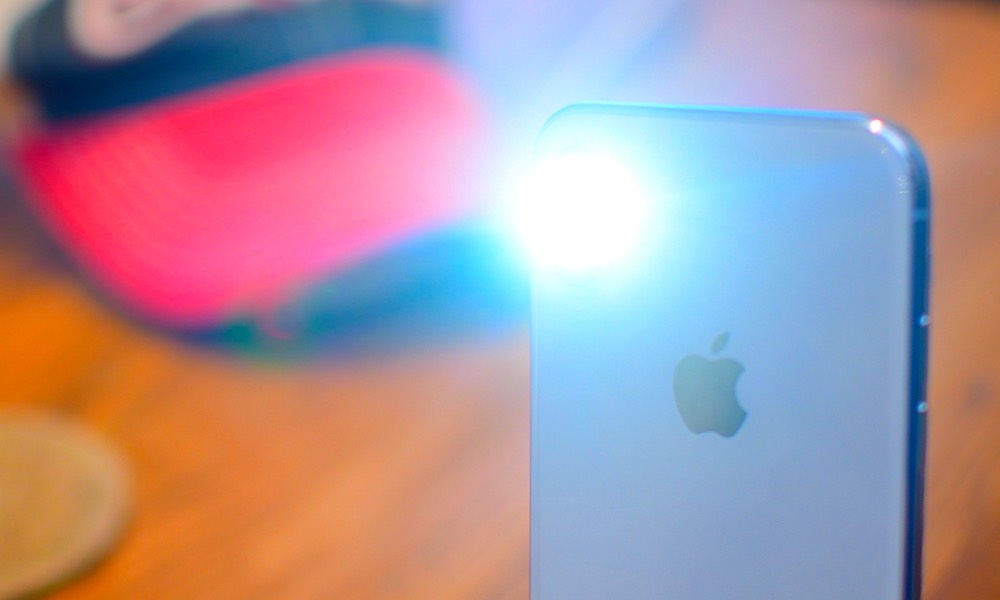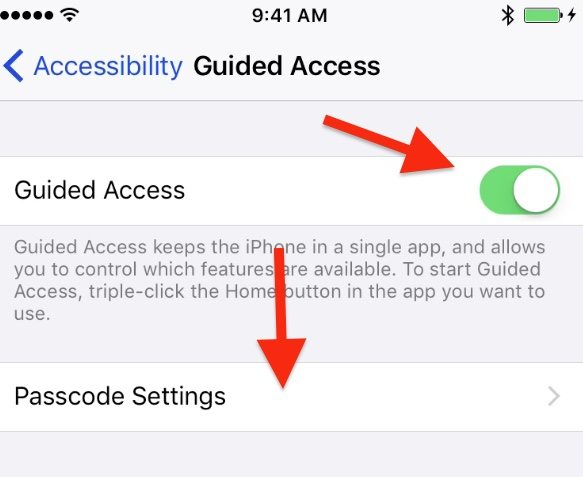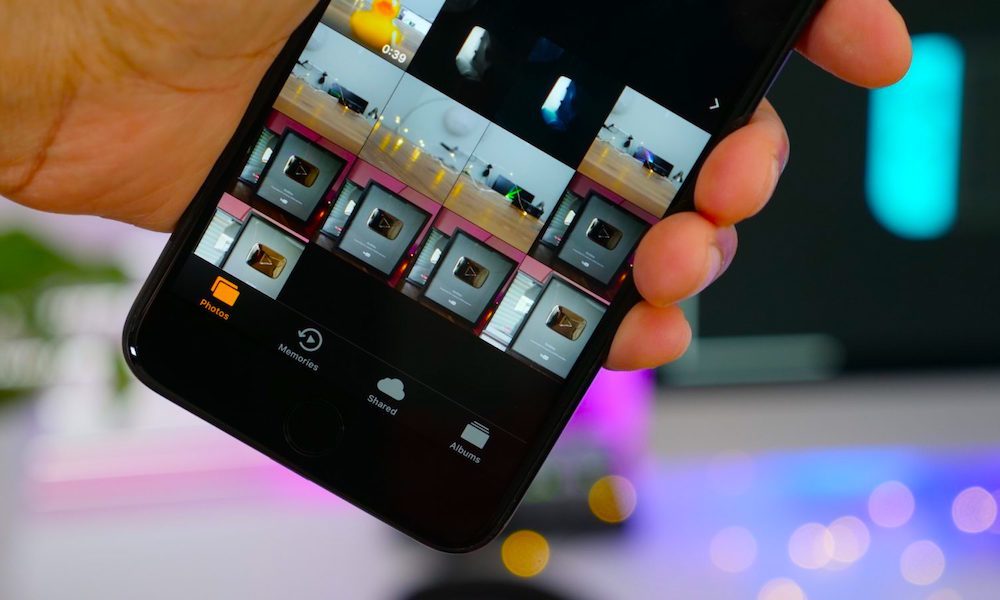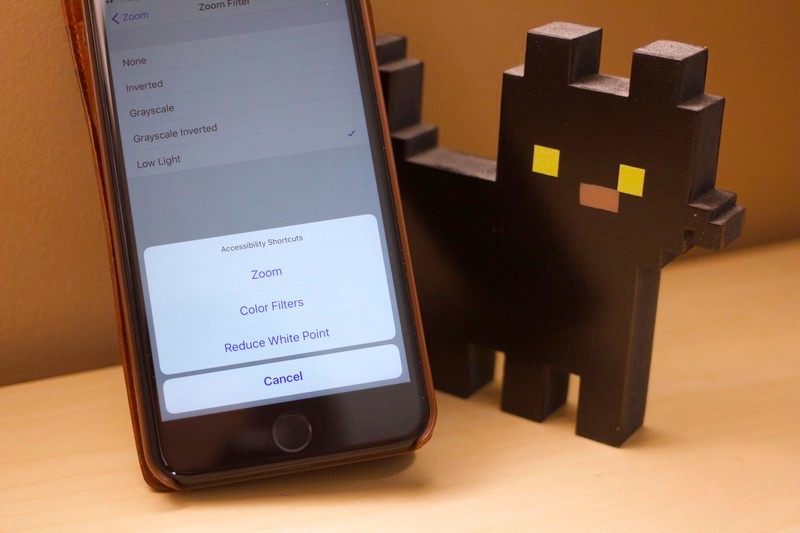7 Hidden iPhone Accessibility Features Everyone Should Know About
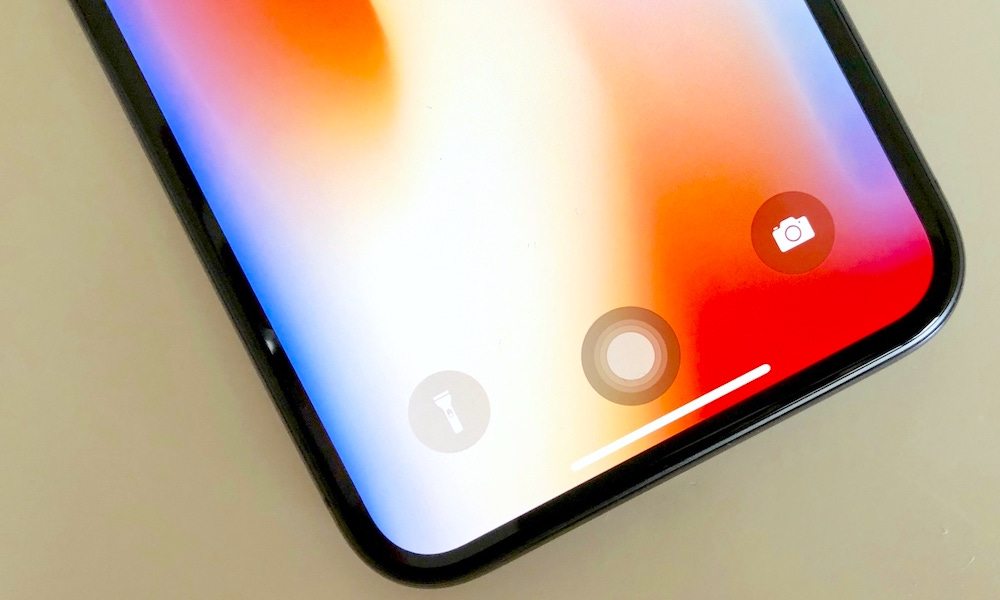 Credit: iDB
Credit: iDB
Global Accessibility Awareness Day takes place the 3rd Thursday of each May, and Apple took the time to highlight many of its own accessibility features and how they can be used to make life easier for all of its users. In Apple’s words: “Technology is most powerful when it empowers everyone.”
Accessibility options can significantly improve the iPhone or iPad for differently-abled users. But there are a number of settings and features hidden in the iOS Accessibility menu that everyone can and should use — or, at the very least, know about in case someone else needs them. Continue reading to learn about 7 Hidden iPhone Accessibility Features Everyone Should Know About.
Use Your iPhone to Magnify
Sometimes, printed materials can be hard to see. Whether it’s fine newsprint or tiny font on a device user manual, there are tons of times when text just isn’t convenient or pleasant to try and read. Luckily, you don’t have to carry a magnifying glass if you have your iPhone with you.
Just go to Settings > General > Accessibility and tap on Magnifier. Make sure the switch is enabled. Now, you can activate the feature from anywhere within iOS by triple-clicking the Home button or Side button. Your iPhone will then use its built-in camera to act as a magnifier.
AirPods “Spy Mode”
Live Listen is a feature meant to seamlessly connect an iPhone with MFi-certified hearing aids. It can also turn AirPods into a spy device, allowing users to amplify sounds or even listen to conversations in another room. (Of course, you shouldn’t spy on people. But the feature is there in case you need it.)
As long as you have iOS 12 and AirPods, you can enable the feature by going to Settings > Control Center > Customize Controls. Then add Hearing to Control Center by tapping on the + icon. Now, you can activate the AirPods spy mode by swiping up and tapping the Hearing icon.
LED Flash for Alerts
Once upon a time, there was a family of devices called BlackBerry phones. Some of these phones featured a notification system that had its LED flash every time an alert came in. If, for some reason, you want that functionality on your iPhone, there’s actually a setting for that.
Just go to Settings > General > Accessibility and navigate down to LED Flash for Alerts. When it’s enabled, your iPhone’s camera flash will light up whenever you get an alert. That can be useful if you don’t want vibrations or sound but would still like to stay on top of your notifications. Just be forewarned that the flash is fairly bright.
Guided Access for “Guest Mode”
Apple’s iOS doesn’t currently have any type of guest mode or privacy-protecting setting for those times when you hand off your device to a friend or family member. But an accessibility setting called Guided Access can mimic that ability.
Enable it in Settings > General > Accessibility > Guided Access. From here, you can input a passcode and select particular buttons or actions to disable. When Guided Access is enabled, you can hand your iPhone off to someone else without any risk of them getting into parts of the system you’d rather them not to.
Invert Colors
A full systemwide Dark Mode is coming in iOS 13, likely to be announced in June and released later this year. If you’d rather not wait, there’s a feature buried in the Accessibility menu that can create a dark mode-like experience — right now.
Smart Invert will swap the color palette on most apps, giving you a darker background with lighter text in Facebook, Messages or basically any other app. On the other hand, it’s not systemwide — so some native menus and the Home screen will remain essentially unchanged.
Get a Lower Brightness
Looking at your smartphone late at night isn’t recommended. Even with Night Shift enabled and the device set to a lower brightness, the screen can still be too bright for your eyes to handle in dim environments. Luckily, there’s a hidden feature in Accessibility that can help.
Go to Settings > General > Accessibility and select Zoom. Enable Zoom, and change Zoom Region to Full-Screen Zoom and Zoom Filter to Low Light. From there, just exit back to the Home screen and triple-tap the display with three fingers. Select Zoom Out. Now, the iPhone’s display should be less bright than even the dimmest native setting.
Get the Home Button Back
If you miss the Home button you can actually get it back (at least in virtual form). The feature can also come in handy on older devices if your physical Home button is broken, but you still need to use your phone until you can get it fixed.
Just go to Settings > General > Accessibility and toggle AssistiveTouch on. You’ll now see a small, movable icon appear on your display. You can customize the exact buttons that appear in this AssistiveTouch menu — including quick shortcuts for the Home button, Siri and other baked-in features.

